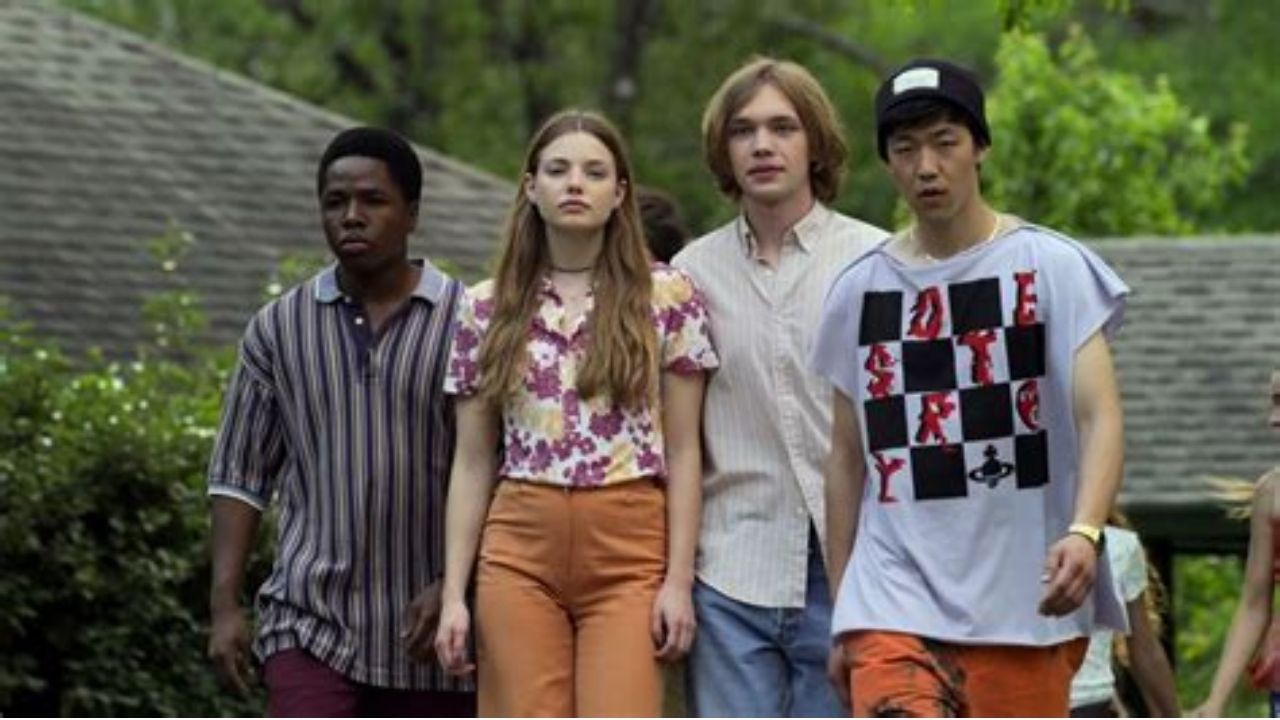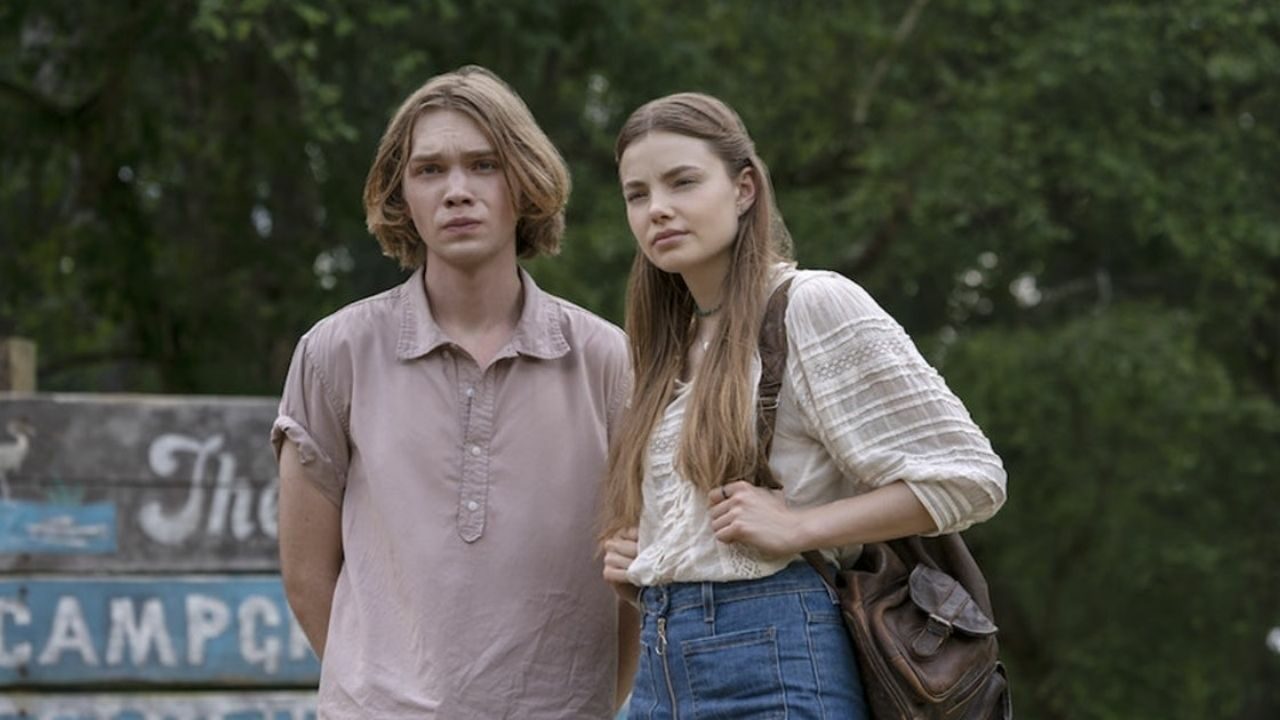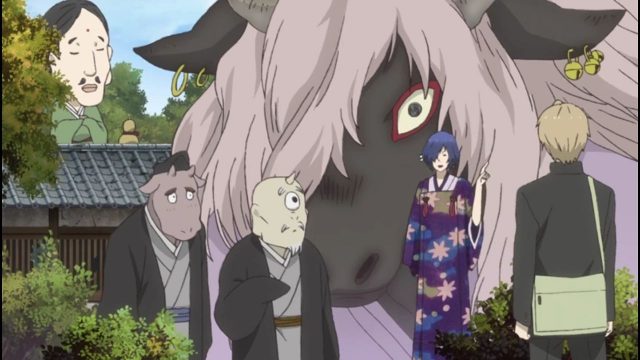John Green is best known as the author of The Fault In Our Stars. But, Looking For Alaska, his first book is arguably a better young adult story.
With a heartfelt story and unique characters, Looking For Alaska is definitely a thought-provoking book. But does the series manage to capture the book’s essence?
1. Quick Review
A dark but believable story about teenhood, Looking For Alaska is the best novel to screen adaptation in a long time.
2. Series and Info Links
Looking For Alaska
Air Date: October 18, 2019 Status: Finished Studio: Temple Hill Production, Fake Empire Production, Paramount Television No. of Seasons: 1 No. of Episodes: 83. Is It Worth Watching?
Looking For Alaska is a story that both John Green fans and those who are not familiar with John Green’s style will enjoy.
I. Plot
Miles Halter is a regular teenage boy. He is a literature nerd and is obsessed with last words. Inspired by the poet Francois Rabelais’s words- “I go to seek the Great Perhaps”- Miles leaves his hometown Orlando to finish school in Culver Creek, a boarding school in Alabama.
Once there, he meets his group of friends Chip Martin (nicknamed The Colonel), Takumi Hikohito, and Alaska Young. Miles and his friends go up against a bunch of wealthy entitled students called The Weekday Warriors.
At first, their battle is limited to simple pranks and joking. But things get serious when two students, one of them belonging to the Weekday Warriors, are expelled from the school. They blame Alaska for being a mole and try to take revenge on her.
In the middle of all this, Miles finds himself getting close to the mysterious Alaska and falling for her. But he realises that she is carrying a heavy secret and is suffering from insurmountable guilt. Miles wishes to help her but she is not ready to open up to anyone.
The two begin a half romantic, half platonic relationship before a huge tragedy strikes Culver Creek- a tragedy that none of the friends can walk away unscathed from.
The series ends on a bittersweet note with Miles and all his friends learning lessons about acceptance.
II. Detailed Analysis
What sets Looking For Alaska apart from other novel to screen adaptations is its straight-forward story. In most young adult fiction, the audience has to read the book on which the series is based to get a better idea of what is going on in the story.
But Looking For Alaska has a fairly simple plot, one without complicated inter-relationships and absurd supernatural incidents. The story is very easy to relate to.

However, the simple plot does not take away the gut-wrenching factor from the series. The story shows the life of the friends before and after the mishap.
In fact, the simplicity of the story only elevates the suffering that the teenagers go through. Their understanding of shock, loss, guilt and finally acceptance is beautifully portrayed in the miniseries.
Of course, there are times when one might feel that teenagers are not ones to think so deeply, feel so deeply and that the story is a tad too dark for teenagers. But it never crosses the line where the events in the show feel absolutely unbelievable.
III. Characters
What makes the series a great adaptation is that it gets the characters absolutely right.
Miles, like most protagonists in teen novels, is the most neutral character. We see the other characters from his perspective. Charlie Plummer is perfect in that role.
Denny Love plays The Colonel. His character in the series is exactly how it is portrayed in the book. Blunt to the point of harshness, he takes himself and his life too seriously. The Colonel is very conscious of his lack of money and often teases the Weekday Warriors for their privileges. He is also Alaska’s best friend.

Alaska Young is the best character in the show. It is in representing her character that the creators take a few cinematic liberties. But those only enhance her character. Kristine Froseth, who plays Alaska, gives her the much-needed depth.
When the audience first meet Alaska, they are not aware of her baggage. She is beautiful, funny and usually stands up for her friends. It is only when Miles gets to know, that her guilt and her issues become evident to the viewers.
All the characters are developed extremely well. They come off as real human beings rather than caricatures of typical teen dramas.
4. Grade
5. Final Thoughts
Nevertheless, Looking For Alaska is a welcome change in the teen drama genre. It is a poignant story of friendship, growing up and letting go. The show can be enjoyed by people of all ages as the story is evergreen. Even if the story is slightly depressing, the ending is not completely hopeless. It teaches an important lesson to teenagers.










No Comments on Looking For Alaska Review: Does the series get it right?